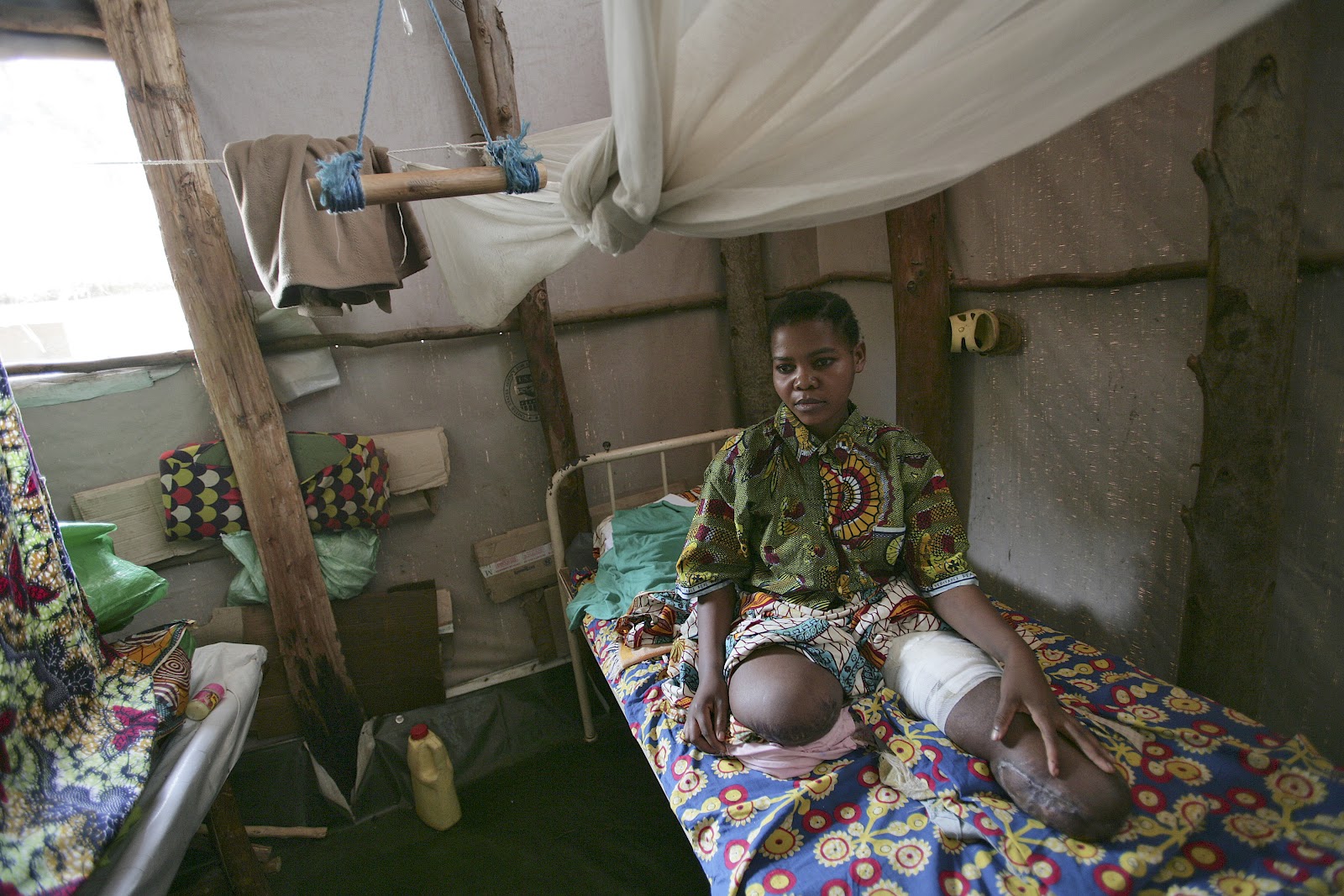Ridding the world of landmines
In 1997, images of the late Princess Diana of Wales walking through a minefield and talking to landmine survivors in Angola were widely seen around the world. The images served to highlight the devastation and suffering caused by anti-personnel mines, indiscriminate, menacing weapons that remain dangerous for decades after conflicts cease, taking lives, limbs and livelihoods.
Nearly two decades later, 161 countries have joined the Geneva-based Convention on the Prohibition of the Use, Stockpiling, Production and Transfer of Anti-Personnel Mines and on Their Destruction, also known for its short name, the Anti-Personnel Mine Ban Convention or Ottawa Convention. Together these States have destroyed over 44.5 million stockpiled mines, demined thousands of square meters of once-contaminated land, and assisted survivors in dozens of affected countries.
Tremendous progress has been made but the fight against landmines continues. Geneva has been at the forefront of this effort for over 15 years. Each year, the international community meets in Geneva to measure progress towards the fulfillment of the Convention's promise of ending the suffering and casualties caused by anti-personnel mines. Geneva is also the home of the Convention's secretariat, or Implementation Support Unit.
